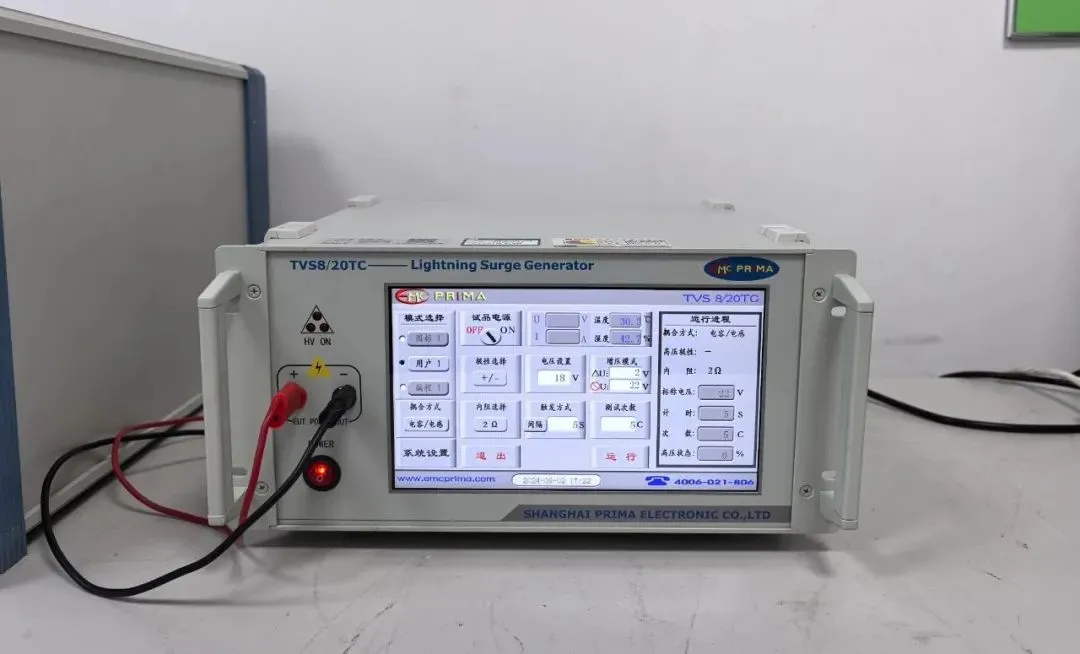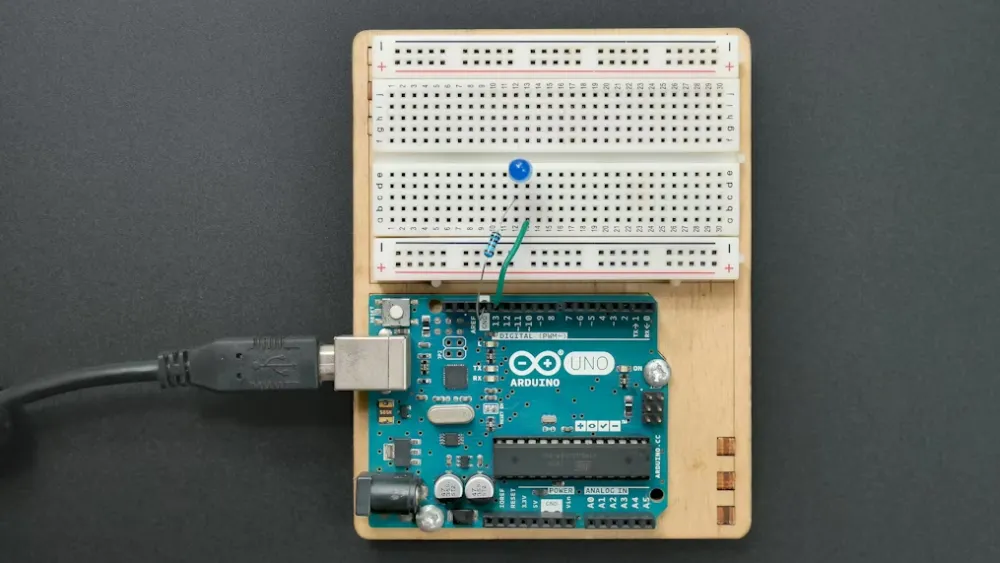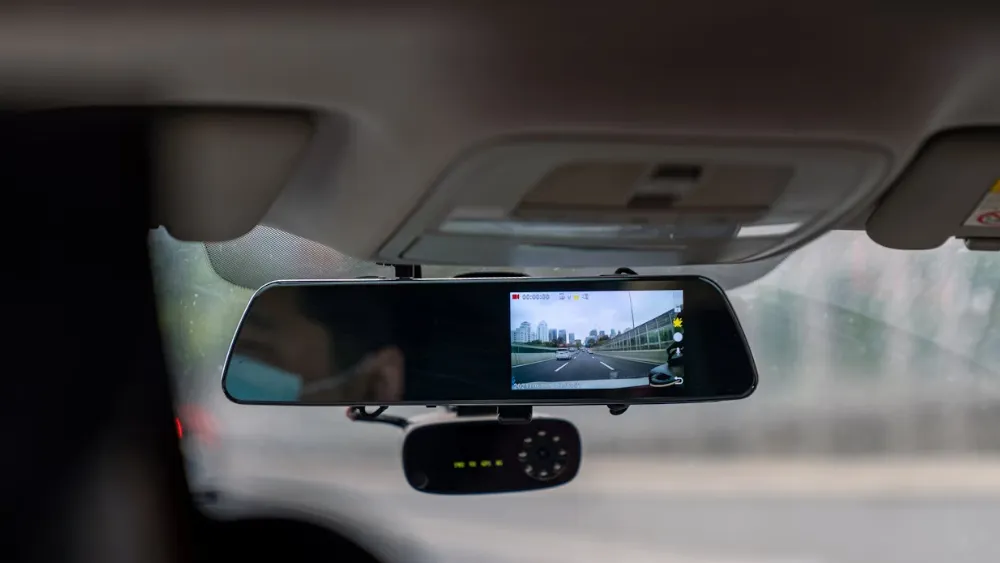
ASTM F963-23 Heavy Metal Testing
Children’s toys are in direct contact with minors, making their safety and compliance a matter of high concern across the globe—especially in the United States, where regULations are particularly strict. For toy products planning to enter the U.S. domestic market or be sold on cross-border e-commerce platforms such as Amazon, CPC Certificationand the ASTM F963-23 standardare two essential “thresholds” that must be crossed.

What is ASTM F963-23?
The ASTM F963 series of standards is developed by the American Society for Testing and Materials (ASTM)and serves as the authoritative benchmark for toy and children’s product safety in the U.S.
In October 2023, the standard underwent a major update, introducing the new version ASTM F963-23, which officially replaced the previous astm f963-17 version and came into full effect on April 20, 2024.
This update is not merely a minor revision but a targeted enhancement to REDuce safety risks for children. By refining physical, cheMICal, and flammability testing requirements, the new standard aims to further reduce hazards such as choking, chemical poisoning, and mechanical injuriesfor children aged 0–14 during toy use.
Currently, ASTM F963-23has become a mandatory standardfor entry into the U.S. toy market. Any product failing to meet this requirement will be prohibited from sale.
Which Products Must Comply with ASTM F963-23?
Compliance is not limited to traditional “toys.” Any product intended for use by children under 14 years of age, regardless of its function, must meet ASTM F963-23 requirements. These products generally fall into three main categories:
- Traditional Toys: Plush dolls, plastic building blocks, remote-controlled cars, puzzles, assembly models, etc.
- Children’s Products: Infant pacifiers, baby walkers, certain children’s tableware (e.g., feeding spoons, plates), early education and cognitive toys (e.g., flash cards, learning blocks).
- Interactive Products: Electronic toys (with sound and light functions), smart toys (app-connected interactive devices), children’s role-play props (e.g., toy doctor kits, cartoon costumes).
Key Requirements of ASTM F963-23
The standard sets detailed and strict testing requirements, focusing on four core dimensions, each with clearly defined limits:
- Physical Safety Testing: Inspections for small parts detachment (to prevent choking), sharp edges/tips (to prevent cuts), protrusions (to prevent puncture injuries), and folding mechanisms that may pinch (e.g., hinges on toy cars).
- Chemical Safety Testing: Strict limits on harmful substances, including:
- Total lead content ≤ 90 ppm
- Each of the 8 regulated phthalates ≤ 0.1%
- Migration limits for heavy metals such as cadmiumand mercury.
- Flammability Testing:
- Solid toys must have a burn rate ≤ 0.1 inch/second
- Toy fabrics must possess self-extinguishing or flame-retardant properties to prevent rapid ignition.
- Acoustic Safety Testing:
- Near-ear toys (e.g., toy headphones, walkie-talkies) must not exceed 65 dB
- Other types of toys must not exceed 85 dBto protect children’s hearing.
How to Achieve ASTM F963-23 Certification
To ensure a product complies with ASTM F963-23, manufacturers must proceed through the following five stepswithout omission:
1. Select a Compliant Testing Laboratory
Choose an ISO 17025-accredited third-party TIC laboratory that is recognized by the U.S. Consumer Product Safety Commission (CPSC)(e.g., JJR Testing). Test reports from non-accredited labs are invalid.
2. Complete Full Product Testing
Submit samples to the selected laboratory for comprehensive testing—including physical/mechanical, chemical, flammability, and acoustic evaluations—according to ASTM F963-23 standards.
3. Apply for a Children’s Product Certificate (CPC)
After passing all tests, obtain a formal CPC certificate. The certificate must clearly list product details, applicable standards, and laboratory information, proving compliance with all safety requirements.
4. Affix Traceability Labels
Add traceability labels to both the product and its packaging, as required by CPSC. Labels must include the manufacturer’s name, address, product batch, and other identifying information for future tracking.
5. Prepare a Compliance Declaration
Draft a detailed compliance statement explaining how the product meets all CPSC safety requirements. This document must be retained for inspection in case of regulatory audits.
Email:hello@jjrlab.com
Write your message here and send it to us
 EU Walkie-Talkie Testing Standards (30MHz–1000MHz)
EU Walkie-Talkie Testing Standards (30MHz–1000MHz)
 EU Compliance Certification Requirements for Tread
EU Compliance Certification Requirements for Tread
 EU Amazon & TEMU Compliance for Wireless Produ
EU Amazon & TEMU Compliance for Wireless Produ
 Bluetooth BQB Compliance Protocol Testing
Bluetooth BQB Compliance Protocol Testing
 Audio-Visual Equipment CE EN 62368 Testing Process
Audio-Visual Equipment CE EN 62368 Testing Process
 Amazon Portable Power Station Direct Validation Gu
Amazon Portable Power Station Direct Validation Gu
 What is the Japan PSE JIS C 62368-1:2020 Test
What is the Japan PSE JIS C 62368-1:2020 Test
 JIS C 62368-1 Electrical Safety Testing Standard
JIS C 62368-1 Electrical Safety Testing Standard
Leave us a message
24-hour online customer service at any time to respond, so that you worry!




